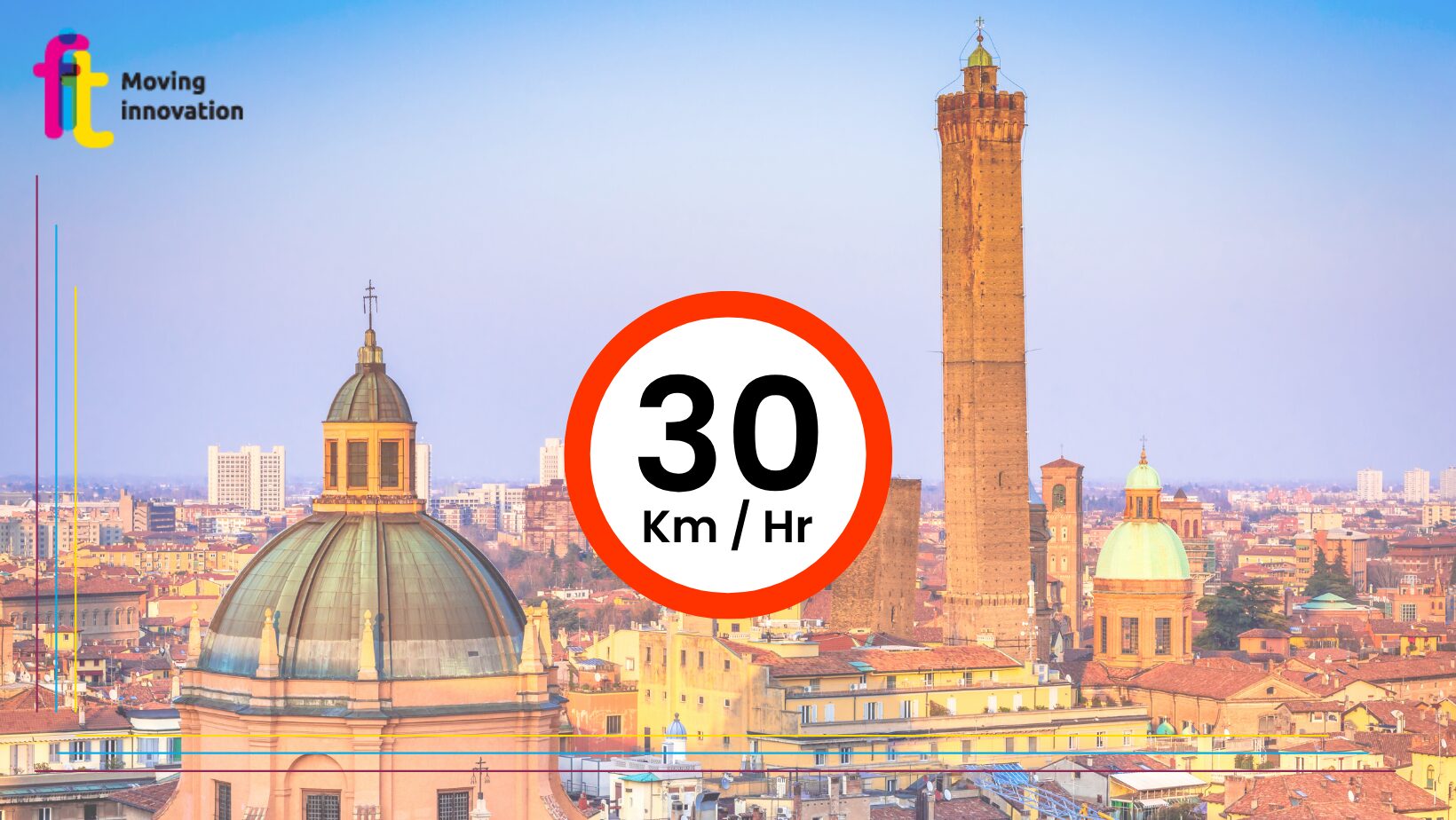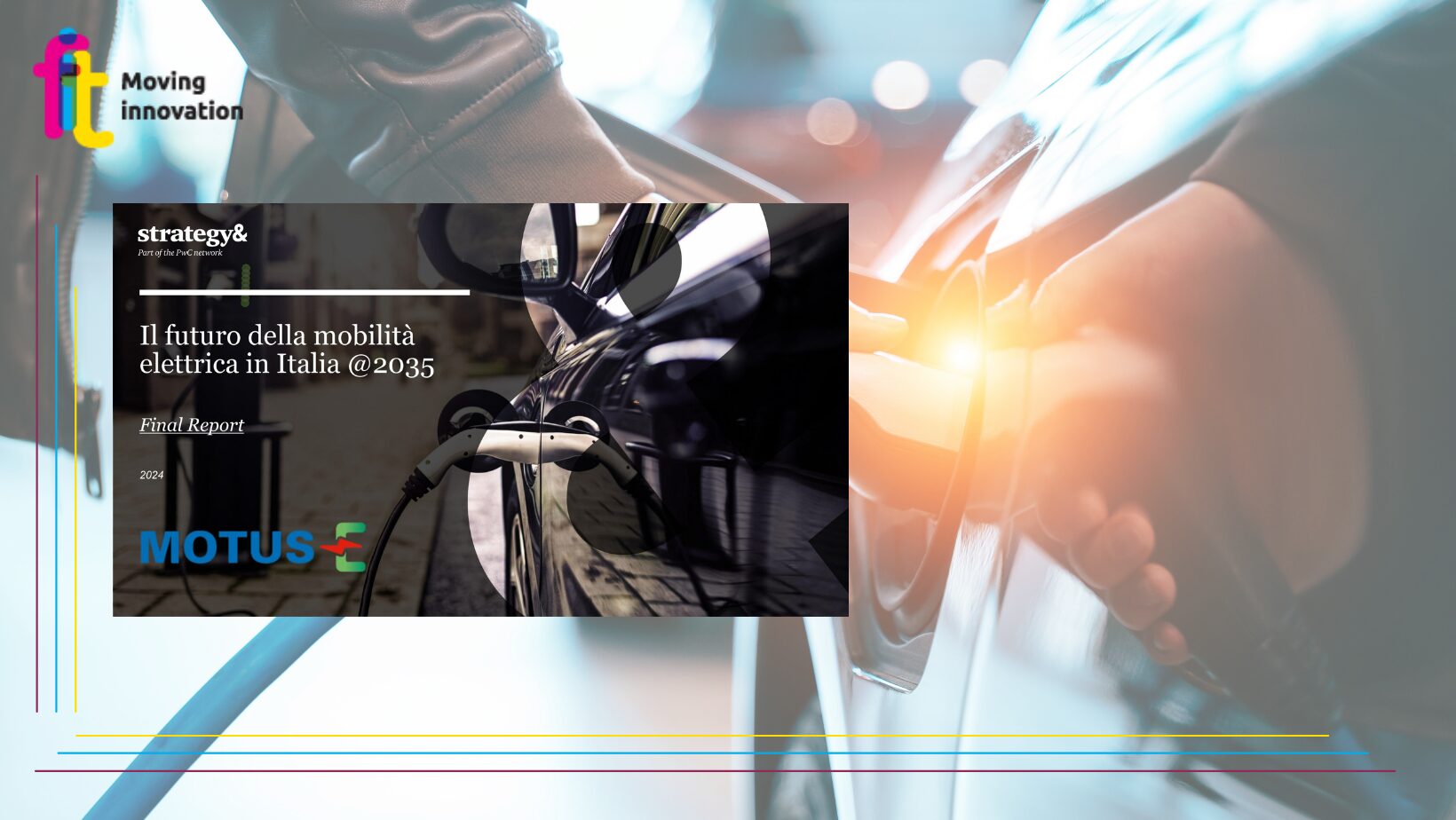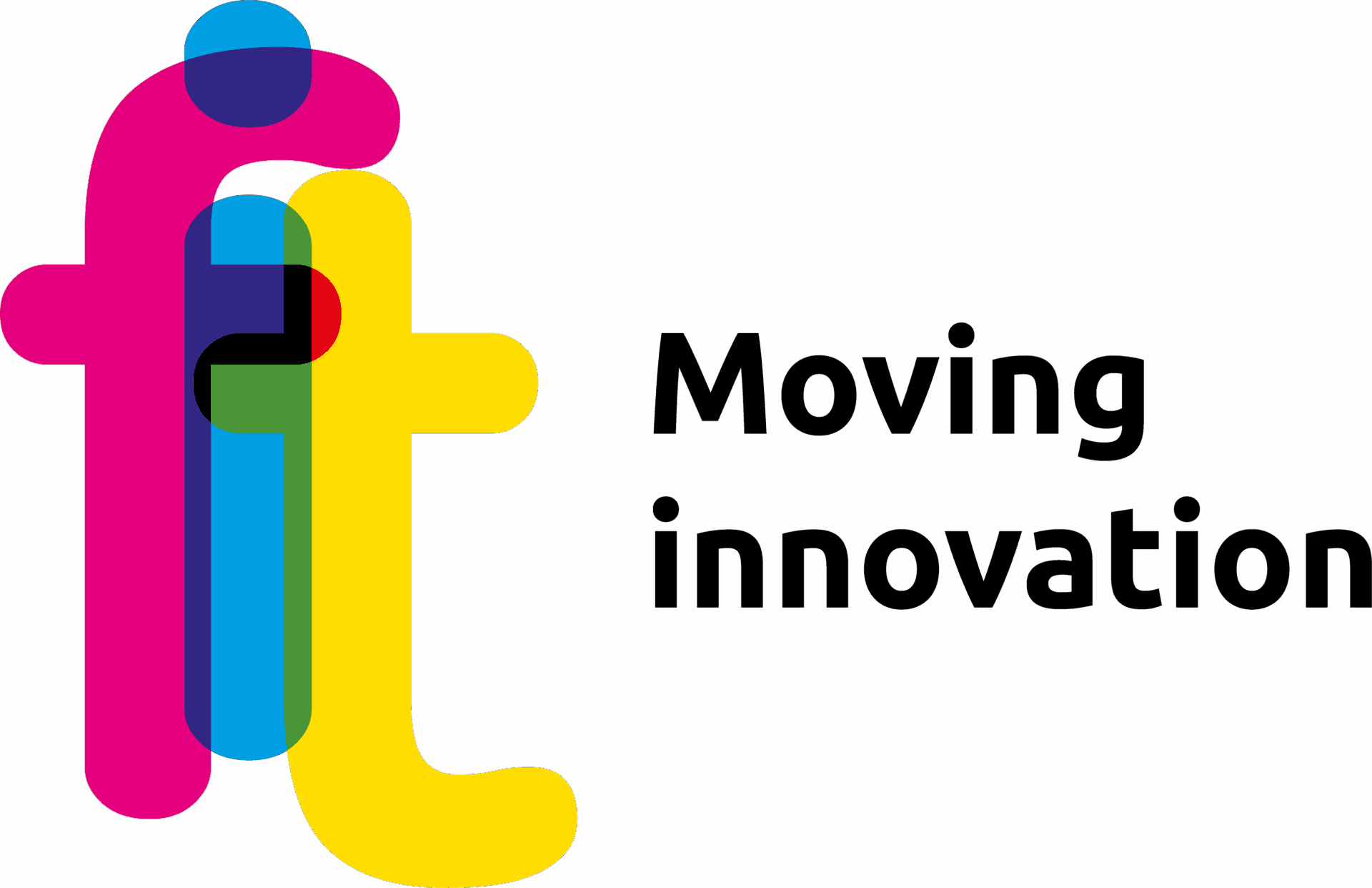Bologna City 30, the results after the first six months Six months
have already passed since the Municipality of Bologna became the first major urban centre in Italy to be ‘City 30’, thus imposing a maximum permitted speed limit of 30 kilometres per hour on city streets, with the aim of improving road safety and promoting sustainable mobility.
The decision, of which we also spoke here, had sparked a heated debate. Now, six months later, it is time for the first balance sheets. The Municipality of Bologna has in fact released the data collected in the first six months since the measure was introduced. The comparison is between 2024 and the average of the corresponding periods of 2022 and 2023. Let’s find out the results.
How road safety is changing Road accidents fell by almost 11 per cent and, as a result, so did the number of injuries: -10 per cent. On radials the results are even more encouraging: -18% accidents and -28% injuries. The most serious accidents, classified by 118 as ‘code red’, fell sharply (about -38%). Deaths are reduced (33% less), reaching an all-time low since 2013 (only during the Covid period, when mobility was restricted, were such low numbers recorded).
How mobility is changing Vehicle traffic is also decreasing (-3%, corresponding to more than 6,300 fewer vehicles passing through the sections of the so-called ‘cordon’ on an average weekday), and, as a result, urban traffic-related pollution is decreasing (-23%).
The drop becomes more pronounced, -6%, or -14,500 vehicles per day, when comparing 2024 with 2023, indicating that there has been a substantial break and reversal of the upward trend in traffic flows that had been going on since post-Covid in recent months. If the number of cars is falling, however, the number of shared bikes is rising: +92% (in absolute terms, 682,991 more rides in the first half of 2024 compared to the average of the same periods in 2022 and 2023). In generale, gli spostamenti in bicicletta sono aumentati del 12%, corrispondenti a circa 160mila transiti su due ruote in più sull’intero periodo soltanto nei 4 punti della città monitorati in modo continuo. The increase in the use of public transport by road was also significant: travellers on the urban service in Bologna run by Tper increased by +11%, i.e. over 5.5 million more passengers carried in the first half of 2024 compared to the average of the same periods in 2022 and 2023, while comparing this year with last year shows substantial stability with just over 55 million passengers carried.
How the environmental impact changes The implementation of City 30 is part of an environmental context that records a significant reduction in the level of NO2 (nitrogen dioxide) in 2024 at the ARPAE Porta San Felice control unit: the hourly average value of 32.91 µg/m3 recorded in the period 1 January – 14 July 2024, in fact, is down by 23.1% compared to the average for the same periods 2022-2023 (42.82 µg/m3). In absolute terms, this is the lowest figure in eight years. In percentage terms, this is the steepest annual and two-year decline since 2017 (with the sole exception of 2020, a year affected by Covid, however). The pollutant taken into consideration, the municipality explained, is nitrogen dioxide, typically the ‘marker’ of local combustion processes. Unlike fine particulate matter, which is characterised by a greater variety of origins and a tendency to spread, NO2, on the other hand, has as its primary source emissions from endothermic motor vehicles and heating, and remains more concentrated near the main emission sources, in particular roads with heavy traffic and built-up areas.
Controls In total since the beginning of 2024 the local police, as part of the Road Safety Control Plan launched at the start of City 30, have stopped and checked 11,305 vehicles and issued 1,603 fines.
As far as penalties for exceeding the speed limit are concerned, there were 87 penalties for exceeding the 30 km/h limit and 169 for exceeding the 50 km/h limit (with 5 licences withdrawn).
All data are available on the website of the Comune di Bologna.








